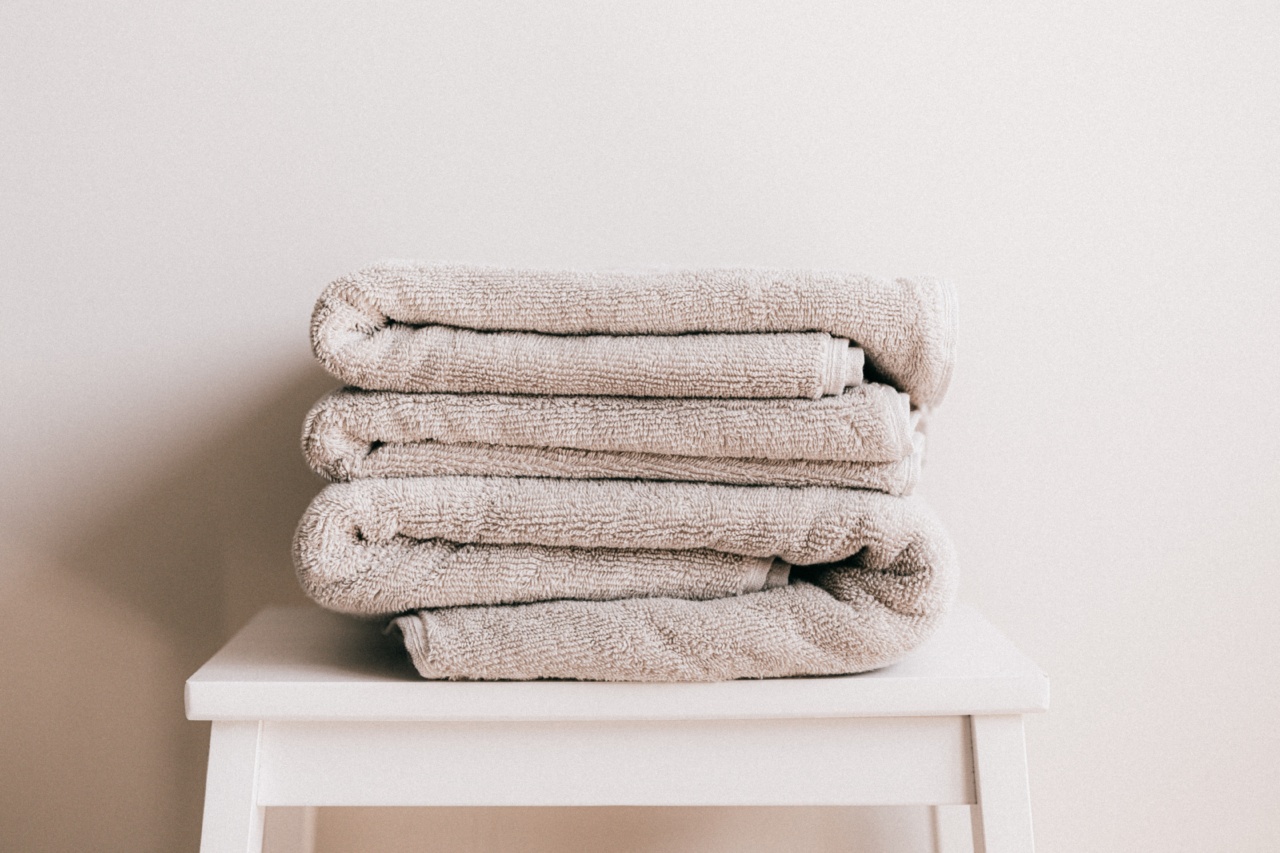Having large facial pores can be frustrating for many people. They can make your skin appear uneven and prone to acne and blackheads.
While pore size is primarily determined by genetics, there are several tricks and techniques you can incorporate into your skincare routine to minimize the appearance of large pores. In this article, we will explore some simple yet effective methods to achieve smaller facial pores and improve the overall appearance of your skin.
Keep Your Face Clean
One of the primary causes of enlarged pores is the accumulation of dirt, oil, and makeup on the skin’s surface. This buildup can stretch the pores, making them appear larger.
Therefore, it is essential to keep your face clean by following a regular cleansing routine.
Start by washing your face twice a day with a gentle cleanser that is suitable for your skin type. Avoid over-cleansing or using harsh products, as these can strip your skin of its natural oils and trigger excess sebum production.
In addition to cleansing, exfoliating your skin once or twice a week can help remove dead skin cells, which can clog pores and make them more visible. Choose an exfoliating product that is appropriate for your skin type and be gentle while scrubbing.
Use a Clay Mask
Clay masks are excellent for minimizing the appearance of pores. They work by drawing out impurities and excess sebum from the skin, tightening the pores in the process. Apply a clay mask once or twice a week to help shrink your facial pores.
When selecting a clay mask, look for ingredients such as kaolin or bentonite clay. These types of clays are known for their ability to absorb toxins and excess oil from the skin.
Apply the mask to a clean face and leave it on for the recommended time before rinsing off with lukewarm water.
Try Chemical Exfoliation
In addition to physical exfoliation, chemical exfoliation can also help reduce the appearance of large pores.
Chemical exfoliants such as salicylic acid or alpha hydroxy acids (AHAs) can penetrate the skin and unclog pores from within, promoting cell turnover and revealing fresher-looking skin.
You can incorporate a chemical exfoliant into your skincare routine by using toners, serums, or creams containing these ingredients.
Start by using them once or twice a week to avoid over-exfoliation, and gradually increase the frequency if your skin tolerates it well.
Apply a Pore-Minimizing Primer
If you’re looking for a quick fix to temporarily reduce the appearance of large pores, a pore-minimizing primer can be a lifesaver.
These silicone-based primers create a smooth surface on your skin, filling in the pores and creating the illusion of smaller pores.
Before applying makeup, take a small amount of the primer and gently pat it onto the areas with enlarged pores. Allow it to set for a few minutes before proceeding with your regular makeup routine.
Don’t Forget Sunscreen
Protecting your skin from the harmful effects of the sun is essential for maintaining healthy skin and preventing further damage. Sun exposure can cause the skin to thicken and the pores to become more prominent.
Make sunscreen a non-negotiable step in your skincare routine. Choose a broad-spectrum sunscreen with an SPF of 30 or higher and apply it generously to your face and neck before heading outdoors.
Reapply every two hours, especially if you’re spending an extended period in the sun or sweating excessively.
Avoid Heavy Makeup
Wearing heavy, pore-clogging makeup can exacerbate the appearance of large pores. Instead, opt for lightweight, non-comedogenic makeup products that won’t clog your pores or cause breakouts.
Look for terms like “oil-free,” “non-comedogenic,” or “won’t clog pores” on the labels of foundations, concealers, and powders.
These products are formulated to be less likely to block your pores and contribute to pore enlargement.
Stay Hydrated
Hydrated skin is healthy skin. When your skin is dehydrated, it can produce excess oil to compensate for the lack of moisture, which can lead to clogged pores and a rougher skin texture.
Drink plenty of water throughout the day to keep your body and skin hydrated. Additionally, using a lightweight, oil-free moisturizer after cleansing can help maintain your skin’s hydration levels without clogging your pores.
Consider Professional Treatments
If you’ve tried various methods without significant improvement, you may consider seeking professional treatments to address your pore concerns.
Dermatologists and estheticians offer several procedures that can help minimize the appearance of large pores.
Some popular treatments for reducing pore size include chemical peels, microdermabrasion, laser therapy, and microneedling. These procedures work by exfoliating the skin, stimulating collagen production, and improving overall skin texture.
Consult with a skincare professional to determine which treatment option is best suited for your skin.
Take a Break from Touching Your Face
Our hands come into contact with countless bacteria and dirt throughout the day. Touching your face frequently can transfer these impurities onto your skin, potentially clogging your pores and causing inflammation.
Make a conscious effort to keep your hands away from your face. Avoid resting your face on your hands and refrain from picking or popping any existing pimples or blackheads. Opt for using clean tools or products specifically designed for extractions.
Conclusion
While you can’t physically alter the size of your pores, you can take steps to minimize their appearance.
By maintaining a consistent skincare routine, avoiding pore-clogging products, and protecting your skin from sun damage, you can achieve smoother-looking skin with visibly smaller facial pores. Remember, patience and consistency are key when implementing these tricks, as results may take time to become noticeable.






























